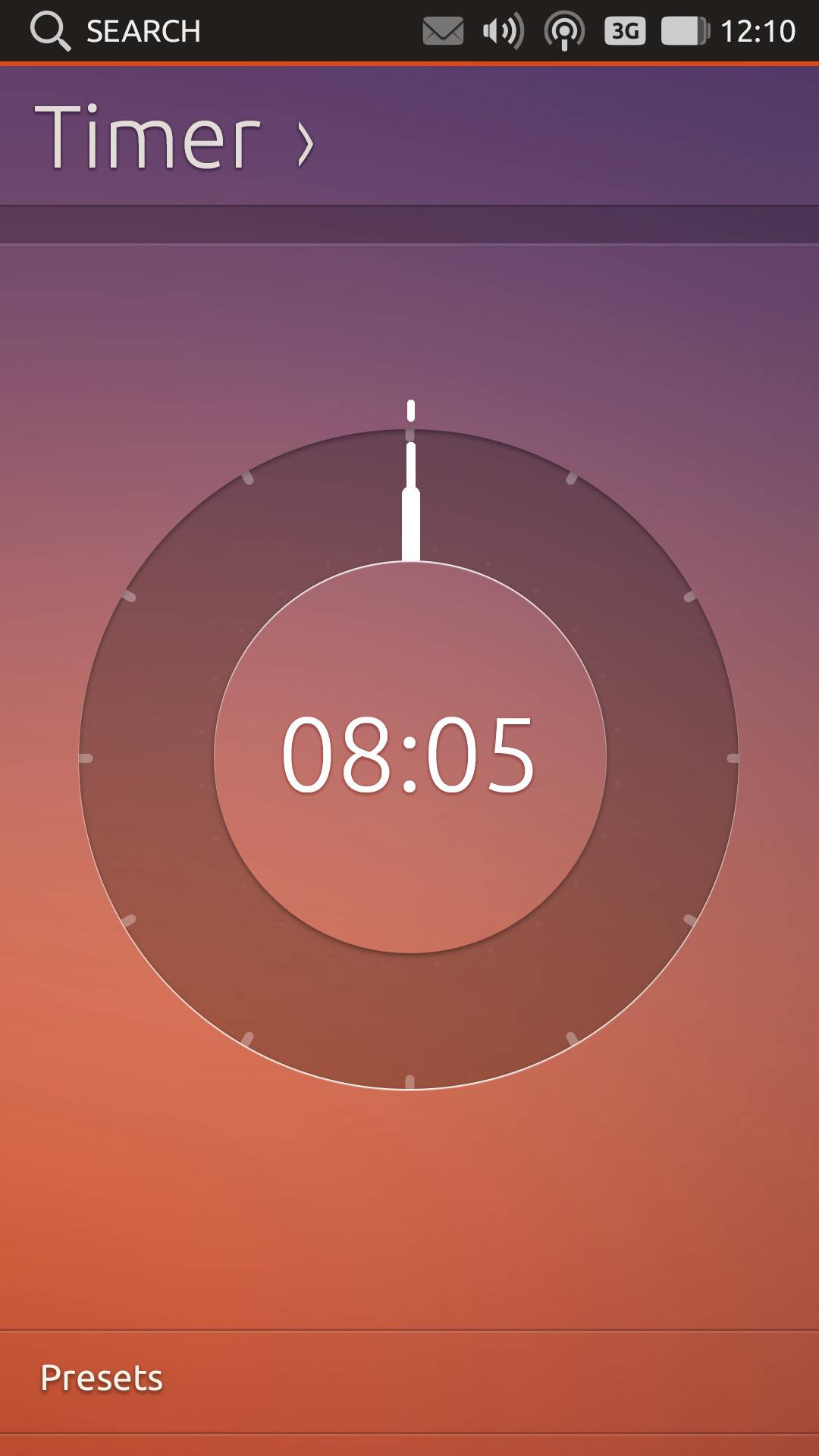Как повернуть прямоугольник qml путем перетаскивания?
Я создаю таймер, где время может быть установлено путем перетаскивания часовой стрелки (с помощью сенсорного ввода или мыши). Для этой цели я определил элемент AnalogClockHand, как показано ниже,
AnalogClockHand.в QML
Rectangle {
id: hand
property alias rotationAngle: handRotation.angle
x: (parent.width / 2) - (width / 2); y: (parent.height / 2) - height; z: 2
width: units.gu(1); height: units.gu(14);
radius: units.gu(1)
color: Constants.coolGrey
antialiasing: true
transform: Rotation {
id: handRotation
origin { x: hand.width / 2; y: hand.height }
Behavior on angle {
SpringAnimation { spring: 2; damping: 0.3; modulus: 360 }
}
}
}
в основном файле qml я использовал этот элемент и добавил к нему mouseArea, как показано ниже,
Основной Файл Qml
AnalogClockHand {
id: secondHand
z: parent.z - 1;
height: units.gu(17); width: units.gu(0.5)
rotationAngle: seconds * 6;
antialiasing: true;
// Implements touch support
MouseArea {
id: timerbackmousearea
property real truex: mouseX - parent.width/2
property real truey: parent.height/2 - mouseY
property real angle: Math.atan2(truex, truey)
property real strictangle: parseInt(angle * 180 / Math.PI)
property real modulo: strictangle % 6
anchors.fill: parent
preventStealing: true
onPositionChanged: if (timerbackmousearea.angle < 0) {
secondHand.rotationAngle = strictangle - modulo + 360;
timerValue = parseInt(secondHand.rotationAngle/6);
seconds = timerValue;
}
else {
secondHand.rotationAngle = strictangle - modulo + 6;
timerValue = parseInt(secondHand.rotationAngle/6);
seconds = timerValue;
}
}
}
эта логика не работает должным образом и очень сильно шелушится. Поэтому нельзя установить время так же плавно. В конце дня, я пытаюсь реализовать что-то, как показано на рисунке ниже. Пользователь должен иметь возможность перемещать час, минуту или секунды, чтобы установить время.
есть ли лучшая логика кода, которую я мог бы реализовать ?
Примечание 1: я понимаю, что вторая рука очень мала на изображении, но это должно быть исправлено достаточно скоро.

1 ответов
Я бы сделал это так (я сделал более простой код, поскольку у меня нет компонентов Ubuntu Touch), но логика вращения здесь и угол второго преобразования тоже:
import QtQuick 2.0
Rectangle{
id: root;
width: 720;
height: 480;
color: "black";
Item {
id: container;
width: 250;
height: width;
anchors.centerIn: parent;
property real centerX : (width / 2);
property real centerY : (height / 2);
Rectangle{
id: rect;
color: "white";
transformOrigin: Item.Center;
radius: (width / 2);
antialiasing: true;
anchors.fill: parent;
Rectangle {
id: handle;
color: "red";
width: 50;
height: width;
radius: (width / 2);
antialiasing: true;
anchors {
top: parent.top;
margins: 10;
horizontalCenter: parent.horizontalCenter;
}
MouseArea{
anchors.fill: parent;
onPositionChanged: {
var point = mapToItem (container, mouse.x, mouse.y);
var diffX = (point.x - container.centerX);
var diffY = -1 * (point.y - container.centerY);
var rad = Math.atan (diffY / diffX);
var deg = (rad * 180 / Math.PI);
if (diffX > 0 && diffY > 0) {
rect.rotation = 90 - Math.abs (deg);
}
else if (diffX > 0 && diffY < 0) {
rect.rotation = 90 + Math.abs (deg);
}
else if (diffX < 0 && diffY > 0) {
rect.rotation = 270 + Math.abs (deg);
}
else if (diffX < 0 && diffY < 0) {
rect.rotation = 270 - Math.abs (deg);
}
}
}
}
}
Text {
text: "%1 secs".arg (Math.round (rect.rotation / 6));
font {
pixelSize: 20;
bold: true;
}
anchors.centerIn: parent;
}
}
}
работает отлично !
вывод для приведенного выше примера

